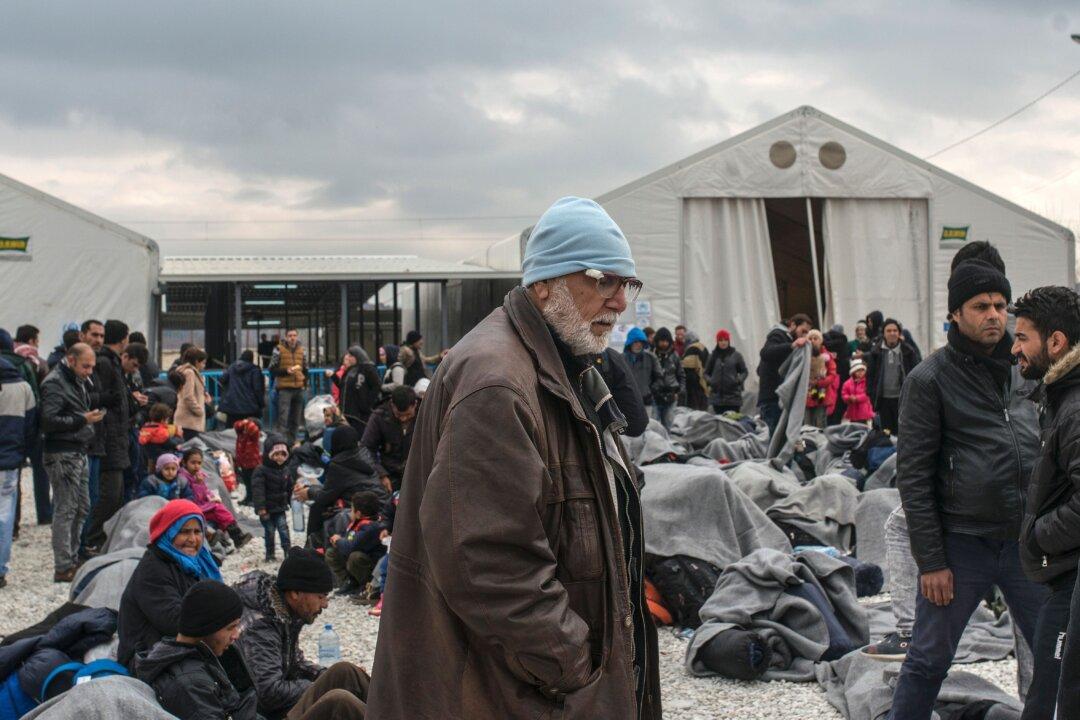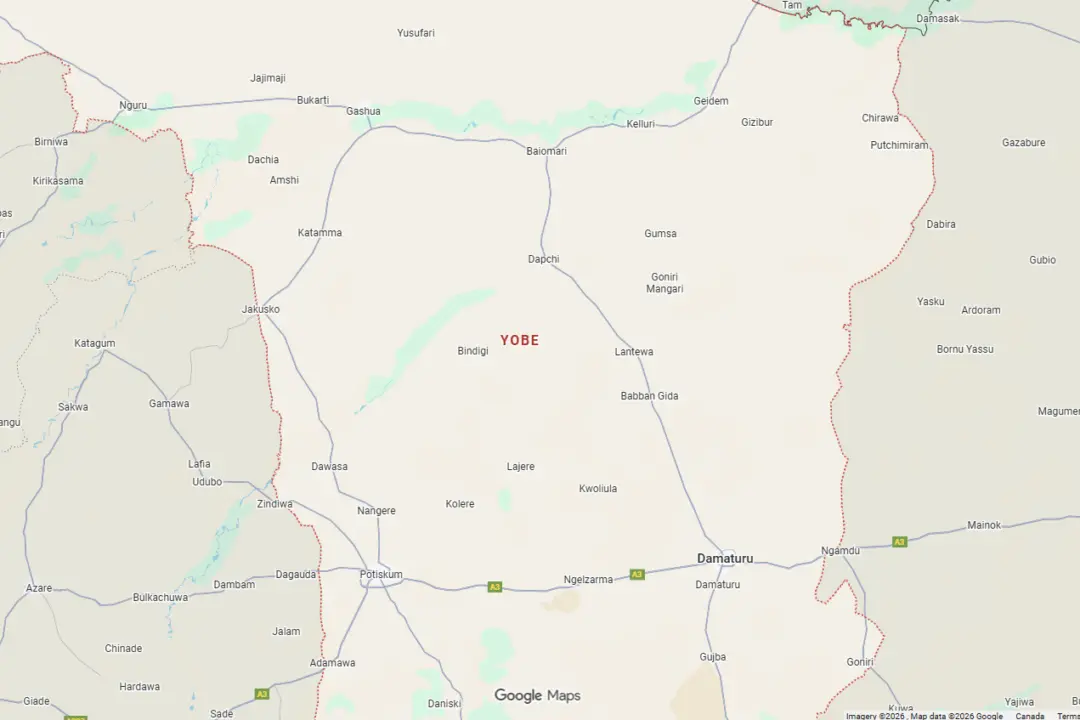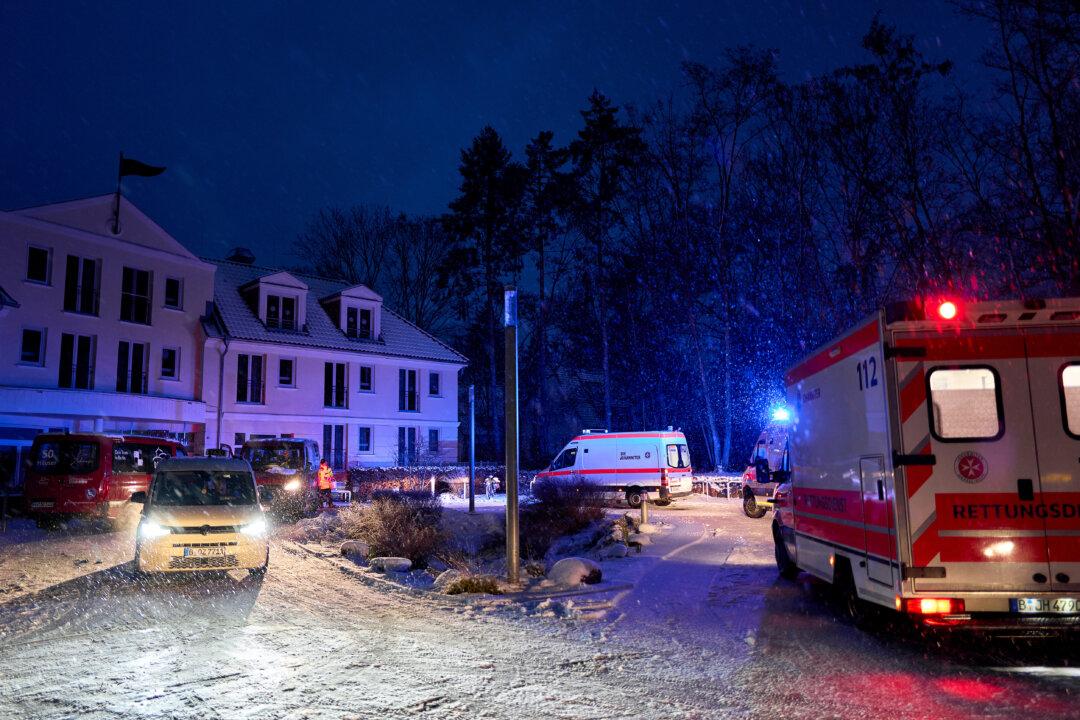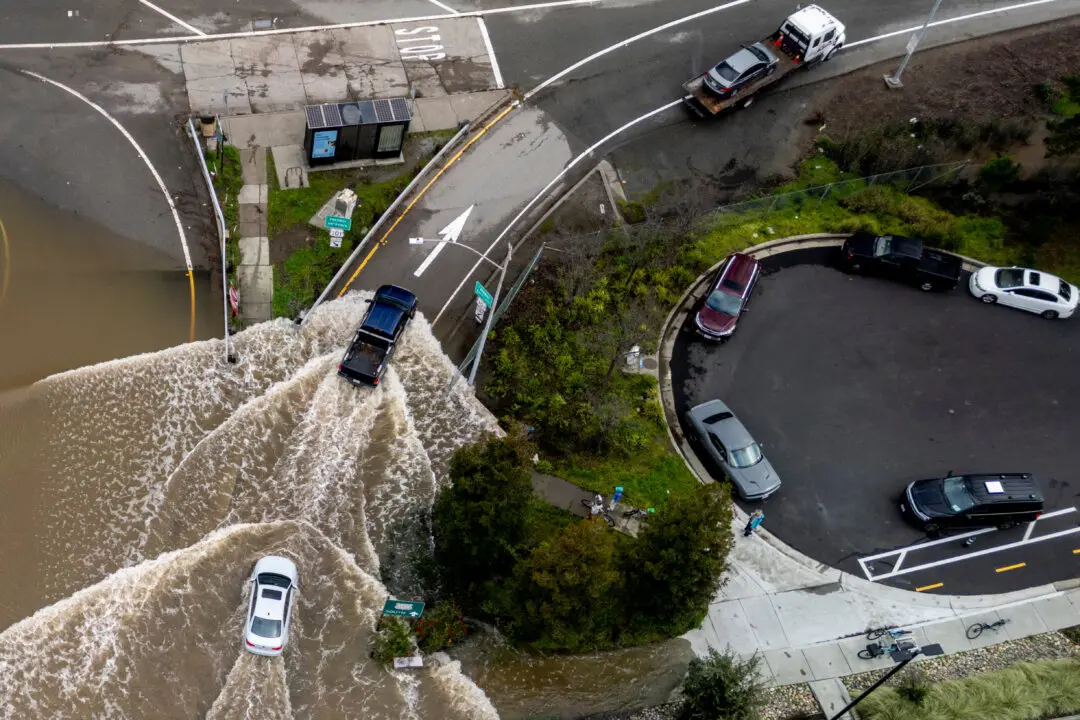PRINCIPOVAC, Serbia—Walking a winding path inside a thick oak forest at the border between Serbia and Croatia, Jiyan Ali cannot believe his misfortune: he barely made it to Europe across rough seas and rugged mountains, only to be abruptly halted just meters away from his dream destination—the European Union.
The 20-year-old Kurd from Rojava, Syria, has been stuck on the Serbian side of the frontier together with some 200 of his fellow refugees since early March when Balkan countries suddenly shut their borders for migrants escaping wars and poverty in their home countries.
Now there is no legal way for the group to move forward to the heart of Europe, or backward toward Greece or Turkey, and they are stuck living in a rundown former psychiatric hospital in a country that cannot offer them work or other opportunities they desperately seek.





